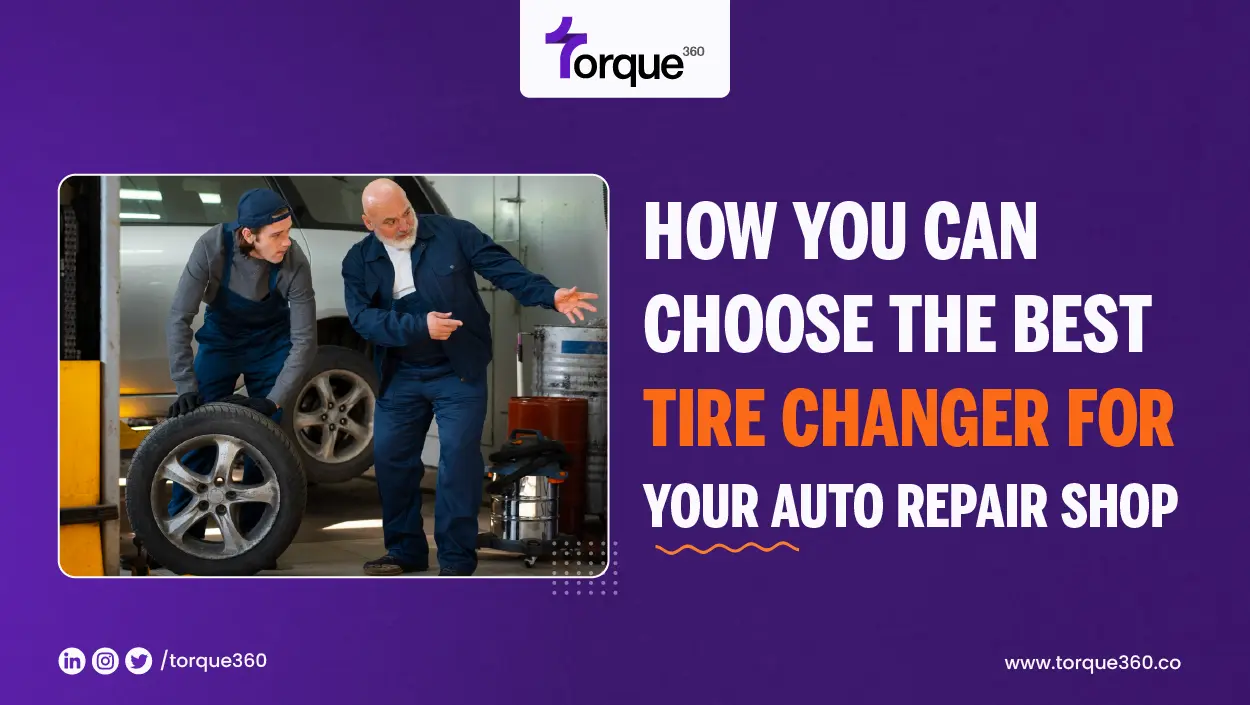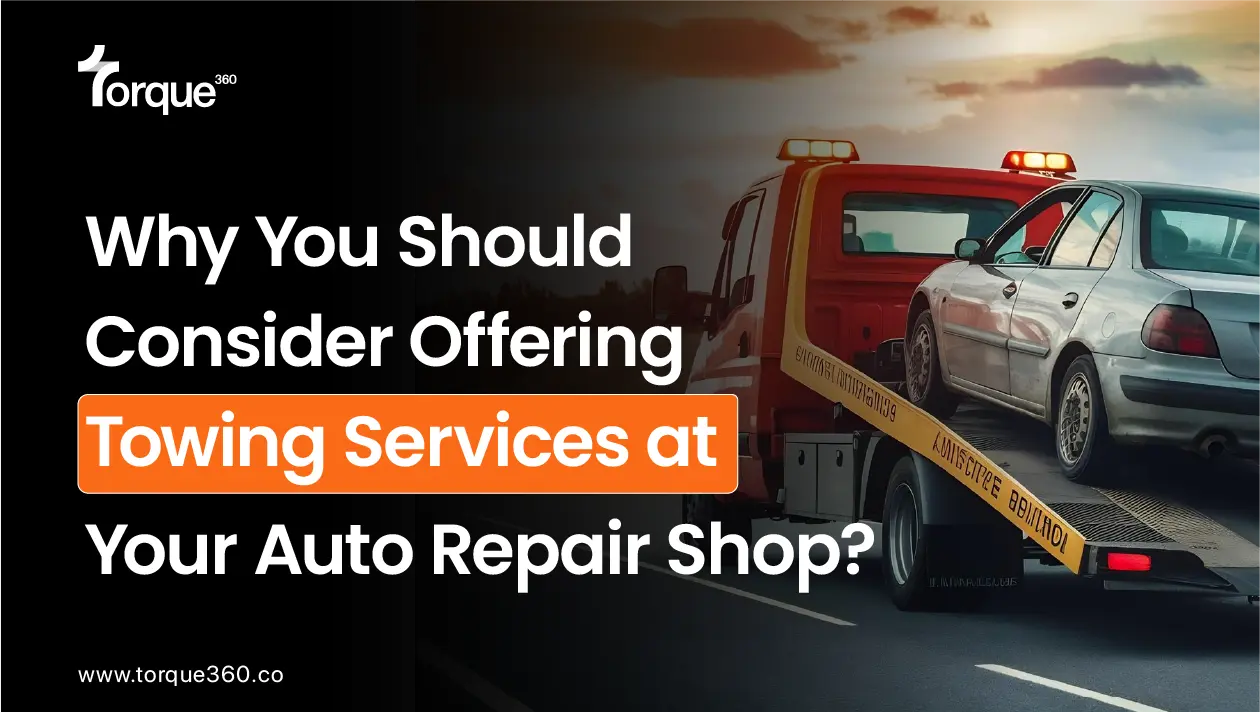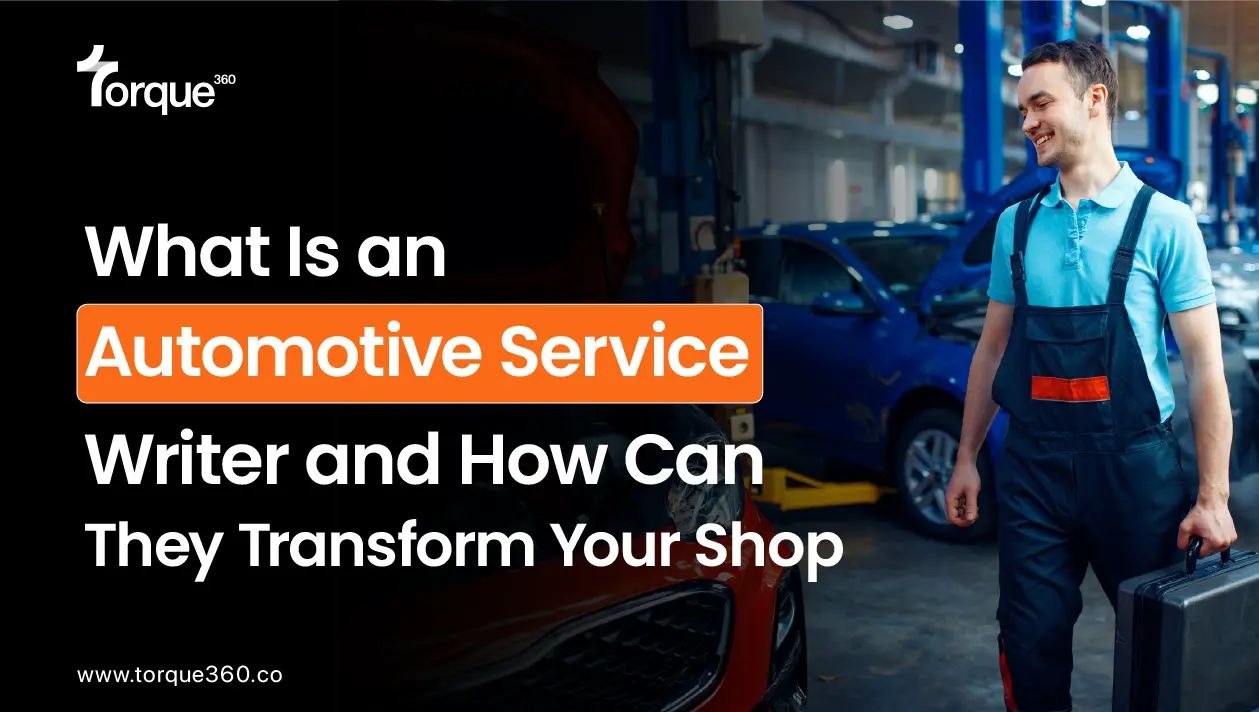Tire changers are significant for any auto repair shop. You must select the proper one to enhance your business’s productivity and efficiency.
However, there are many options available in the market. This makes it very difficult to make the right decision. But with the proper guidance, you can change the whole game.
This blog will explain how to choose the best tire changer for your auto repair shop.
Understanding Different Types of Tire Changers
It is essential to properly understand the various types of tire changers before selecting one for your shop. Each type has different features.
Let’s discuss one by one:
Manual Tire Changers:
Manual tire changers are the most basic type available in the market. They typically consist of a base, a mounting/demounting tool, and a tire bead breaker. Here are some key features and considerations:
- Simplicity
- Cost-Effectiveness
- Portability
- Skill Requirement
Electric Tire Changers:
The next type is electric tire changers. They are a step up from manual types as they can offer powered assistance for the tire change.
Here is what you need to know about them:
- Power Assistance
- Versatility
- Ease to Use
- High Cost and also Space requirement
Automatic Tire Changers:
Automatic tire changers represent the pinnacle of tire-changing technology, offering advanced features and automation. Here’s what sets them apart:
- Fully Automated Operation
- High-Speed Operation
- Advanced Features
- Need Investment and Maintenance
Assessing Your Shop’s Needs:
The next thing is to check the needs of your shop. There are many factors that you can use to determine the suitability.
Volume of Tire Changes per Day/Week/Month:
- Analyze the average number of tire changes your shop handles daily, weekly, and monthly.
- Consider future growth projections for your business.
- Choose a tire changer that aligns with your shop’s current and anticipated tire change volume.
Types of Vehicles Serviced:
- Take stock of the types of vehicles commonly serviced in your shop.
- Different vehicles require tire changers capable of handling varying tire sizes and rim diameters. Consider whether specialized tire changers or accessories are necessary to meet these unique requirements.
Space Availability and Layout of the Shop:
- Proper check the space available in your shop for installation and then make a decision
- Check the best placement of the tire changer in the shop layout
- Check for future possibilities as well to make sure you can adapt
Key Features to Look For
Next, consider the various features you should look for in a tire shop. You must consider multiple features to make sure that all your needs are met:
Here are the essential features to look for:
- Tire Size Compatibility
- Versatility
- Rim Diameter Range
- Specialized Capabilities
Speed and Efficiency:
- Look for a tire changer that can perform tire changes efficiently
- Consider tire changers with automatic or semi-automatic features
- Opt for tire changers designed for high-speed operation
Durability and Build Quality:
- Choose a tire changer constructed from durable materials such as steel or cast iron
- Ensure that the tire changer is stable and also sturdy
- Select a tire changer from reputable and also good brands that are known for their reliability
Ease of Use and Safety Features:
- Look for the tire changer with good features that can make the work for your technicians easy
- Safety is paramount, so make sure it has all the safety features like automatic locking or tire clamps
- Choose a tire changer from a company that also offers good training
Additional Features:
- Consider tire changers equipped with integrated bead blasters
- Look for tire changers with assist arms or auxiliary devices
- Evaluate tire changers that offer compatibility with a range of accessories and optional add-ons
Budget Considerations:
Initial Investment Cost:
Consider the initial purchase price of the tire changer and ensure that it fits within your budget constraints without compromising on essential features and quality.
Evaluate the overall value proposition of the tire changer, taking into account factors such as:
- Durability
- Performance
- long-term reliability
Long-term Maintenance and Operating Costs:
You should adequately assess a tire changer’s proper maintenance needs. This will include:
- including routine servicing
- replacement parts
- Lubricants
- seals.
Return on Investment (ROI):
- Check the productivity that you can gain from the high-speed
- It would help if you also considered customer satisfaction and how it can bring more revenue
- Calculate the long-term return investment on your tire changer
Making the Decision
Now, it is time to make the decision. Here is what you need to factor in:
Consider factors such as:
- Tire size compatibility
- Speed
- Efficiency
- Durability
- Easy to use
- Additional features.
- Budget Constraints
Narrow your list of potential tire changers to those that best align with your shop’s needs and budget. Eliminate options that fall short in essential areas or exceed your budget without providing significant added value.
Conduct a side-by-side comparison of the remaining tire changer options, taking into account all relevant factors such as:
- Features
- Price
- Warranty
- After-sales support
Conclusion:
This guide is the best road map for finding the best tire changer for your business. You now have proper guidance on positioning your shop for continued growth in this industry.






